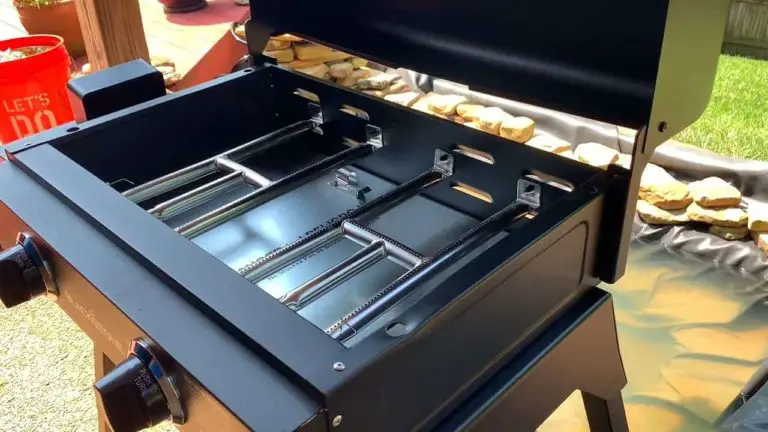Cooking on a griddle is fun, and the results are (almost) always spectacular, but there’s a particular process that bothers a lot of people – how to season a Blackstone griddle?
With flat top griddles becoming more common outside professional diners and restaurants, home griddle cooking is booming as a hobby. It’s clear why – cooking on seasoned griddle results in delicious food with minimum effort, it’s easier to clean up afterward, and the griddle will stay in pristine condition longer.
However, to make clean-up easier and the food tastier, every home chef needs to master how to season a griddle. So, without further ado, let’s discuss the ins and outs of seasoning your Blackstone griddle!
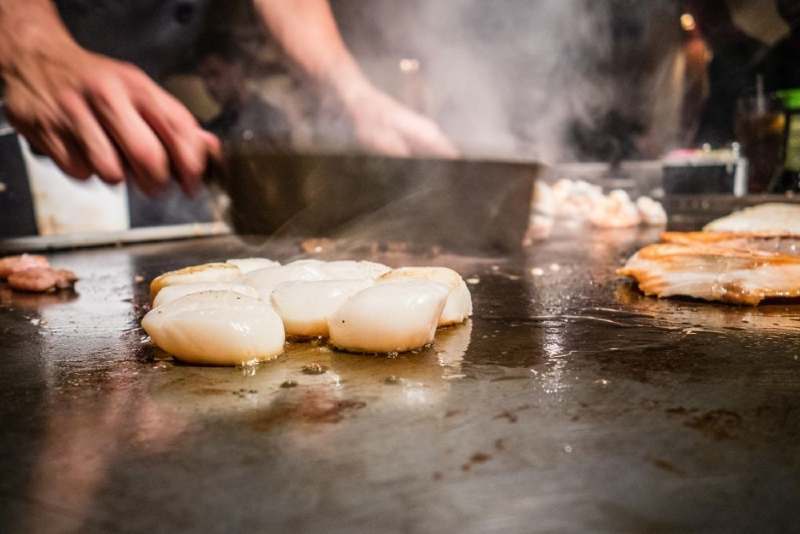
Table of Contents
- Do I Need to Season My Blackstone Griddle?
- How Do You Season a Blackstone Griddle For The First Time?
- How To Season a Blackstone Griddle
- What Is The Best Oil to Season a Blackstone Griddle?
- Ready to Cook!
Do I Need to Season My Blackstone Griddle?
You have probably seen skillful cooks operate large griddle plates. But if you are a novice at practically everything that involves operating a griddle, there are a few tricks to master before you rush to sizzle some burgers or whip up an omelet. Perhaps the most important thing to learn before using a flat top is the correct ways to season your Blackstone griddle.
The griddle cooking surface is often made from cold-rolled steel which is not treated in any significant way. This material is prone to rusting, so griddle maintenance tends to be different than grill maintenance. Plain, uncoated steel can easily rust and deteriorate if not treated correctly, which can ruin the flat top in no time. Regular griddle seasoning is the best way to prevent rust from forming.
The extent of your seasoning also depends on the area you need to cover. Griddles come in a variety of sizes which often directly correspond to their power capacity. More often than not, smaller plates typically only have one or two burners to heat the surface, while larger Blackstone griddles have four.
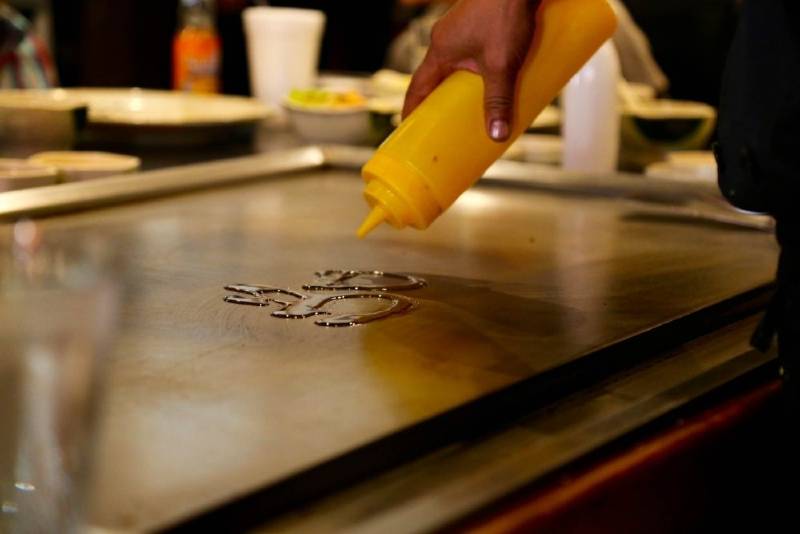
Why Season?
Protection
Cast iron and uncoated steel surfaces (whether they are found in regular frying pans or griddle plates) need permanent protection from rust since they don’t have any top layer protection typical for stainless steel products.
Seasoning is done by blackening the flat top with oil over high heat with vegetable oil to create a coat that prevents food from sticking and protects the griddle from scratches and scrapes.
Cooking Prep
You don’t only extend the life cycle of your Blackstone griddle by seasoning it, but you also significantly raise the quality of your cooking. Seasoning is, essentially, preparing your griddle for future use and preventing any damage to the cast iron or uncoated steel surface.
Food won’t stick on a properly seasoned griddle, plus the oily seasoning can give a unique addition to the flavor.
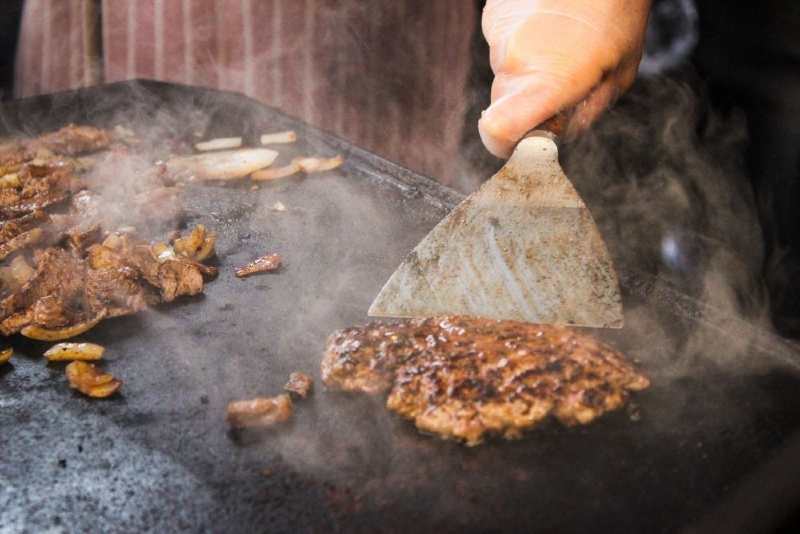
How Do You Season a Blackstone Griddle For The First Time?
Even if you see the label “pre-seasoned” on your grill, you still need to take the time to prepare it before you use it for the first time. Blackstone often pre-seasons their griddles with the purpose of preservation during storage and shipping.
However, even if you get a pre-seasoned model, you need to season it yourself after you unbox your new Blackstone griddle. That’s because this type of factory seasoning isn’t designed for cooking, merely keeping the griddle safe.
Initial preparation includes washing, drying, and then finally seasoning your Blackstone grill.
New Blackstone griddles have to be prepared before the first use. Wash it with warm soapy water first (use soap only once – later on, all you need is hot water), rinse it well, and then you can go on to seasoning and cooking on your griddle.
Remember that this only needs to be done with new griddles. If you apply soap to old flat tops you can ruin your next meal or even cause irreversible damage. Simply said, soap will break down the non-stick surface you worked hard to build by repeatedly seasoning your griddle, so you should only use soap on a brand new griddle before the first use. After you have successfully cleaned the new griddle, it’s time to begin the seasoning process.
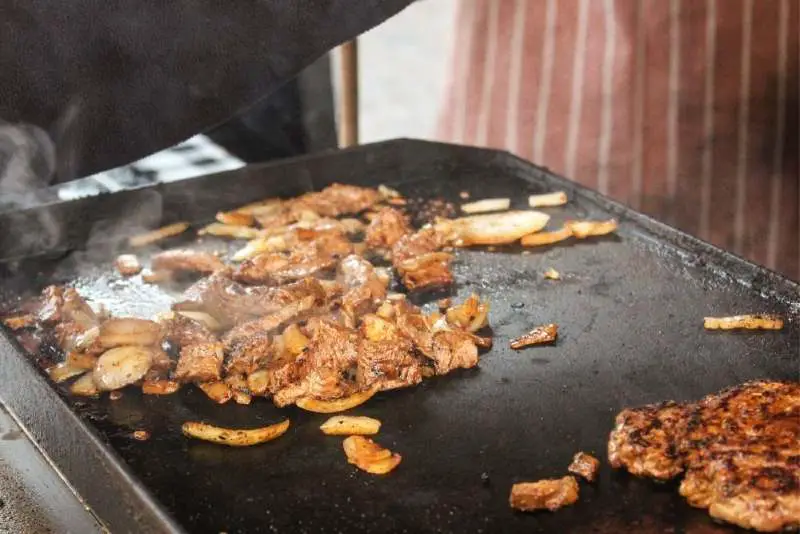
How To Season a Blackstone Griddle
In essence, you need to apply edible oil to a hot cooking surface. The goal is to create a thick non-stick top layer of oil that builds up over time, so the more you season your griddle the better!
What Do You Use To Season a Blackstone Griddle?
Since seasoning is a pretty basic procedure, you won’t need to master any complicated tools mechanics. There are only a few things you need:
- Heat resistant gloves or a pair of tongs
- Paper towels or clean kitchen rags
- Cooking oil
Blackstone Griddle Seasoning Guide
1. Clean your griddle
Leave the burners off for now – the griddle surface should be cool. Get a paper towel or a moist kitchen rag to remove food residue, sticky stains, and dust or debris. If something is stuck, use griddle-safe tools such as spatulas or flat scrapers to scrape it off.
For the pieces that stuck extra hard, you only need to slightly heat the griddle again and pour some water over the stuck-on particles. If the stains are too stubborn, add regular salt (1 tbsp will do) to the problematic areas and pour water over them. After it, all burns off, turn off the burners, let it cool, and wipe off the residue with paper towels.
If you’re looking for a detailed guide on how to approach griddle cleaning, we got you covered – here’s the in-detail instruction on how to clean your Blackstone griddle after cooking.
2. Turn on the burners
Get the griddle to high heat and start pouring oil over the cooking surface. A thin layer will do – you will apply oil a few times, so don’t overdo it with the amount of oil for the first coat.
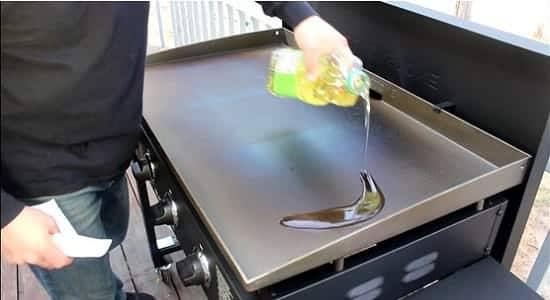
3. Spread the oil
Using either paper towels or regular kitchen rags, spread the oil evenly across the surface. Protect your hands with heat-resistant gloves when distributing the oil or use a pair of tongs to guide your paper towel across the flat top. Don’t forget to slather the inner sides and corners of the griddle.
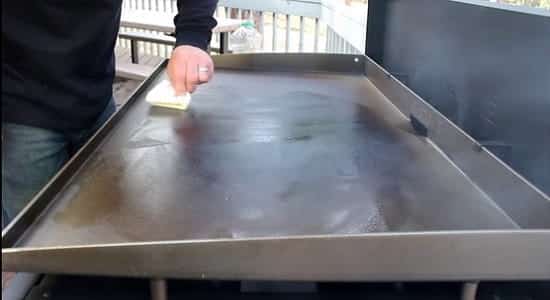
4. Let it sit
Leave the oil on high heat until the coat of oil burns off. As the smoke dissipates, the cooking surface should slowly become darker.
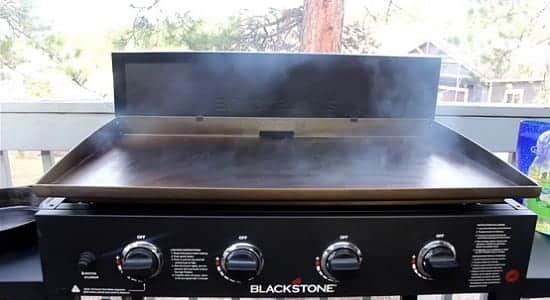
5. Repeat
Add another layer of oil and repeat the process. Once the second coat is burned off, add oil for the third time, wipe, and wait for the coating to burn off once again. Regardless of how many times you decide to season the griddle with oil, it should take between 45 minutes and an hour. By the time you are done, the surface should be evenly blackened.
6. Prepare for storage
If you don’t plan to cook right away, let the griddle cool off and put it away; the storage place should be dry to prevent rust formation and a griddle cover helps too! Find a reliable protective cover for the griddle when you put it in storage. It should be strong enough to prevent premature corrosion and rust from forming on the griddle surface.
Patience goes a long way
Griddle seasoning develops over time. Repeating the seasoning process isn’t the only thing that helps – grease from the food you cook sets in and adds to the top layer. The more you cook, the blacker and shinier the griddle’s surface becomes, and its rust-resistant and non-stick qualities improve with every use. This approach marks your cooking with deep, rich flavors that can’t be replicated on any other griddle.
How Often Do You Season a Blackstone Griddle?
Everybody agrees that you should clean your Blackstone griddle before and after every single use with a moist cloth. However, grill masters disagree on the perfect frequency of seasoning. Some say that you should do it once a week, some that you should do it after each use, and others say it’s not necessary to do it that often at all.
In general, the more you season your Blackstone griddle – the better. Inspect your griddle before use, and go with your gut – but if the food starts to stick, you should re-season!
What Is The Best Oil to Season a Blackstone Griddle?
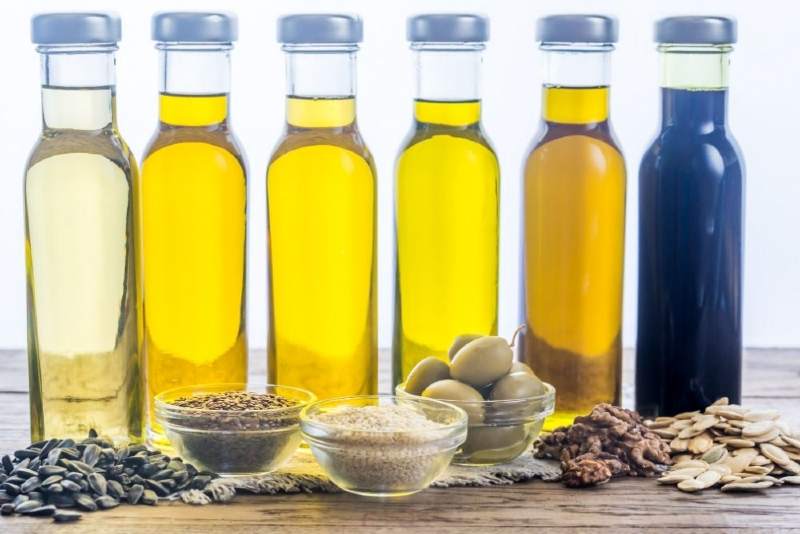
Many experienced griddle masters will swear that the oil they use is the only correct oil for seasoning a griddle. However, the truth is that any edible oil will do. You can use olive, vegetable, canola, sesame, flaxseed, peanut, coconut, or any other cooking oil.
Some people also like to add lard or other fatty substances to increase the effectiveness of the coating and add more to the flavor of the meal. Different types of food you cook (especially greasy meats and veggies) also supplement the oily seasoning.
Do You Need to Use Flaxseed Oil for Blackstone Griddles?
Some home cooks will try to convince you that only flaxseed oil can provide thorough seasoning. Others swear in olive oil, and some claim canola oil is the best there is. The truth is – it doesn’t matter.
Don’t get me wrong – flaxseed oil is very good for your Blackstone griddle, not to mention it’s rich in omega-3 fatty acids that can be beneficial for your health. However, you can season your griddle with literally any cooking oil.
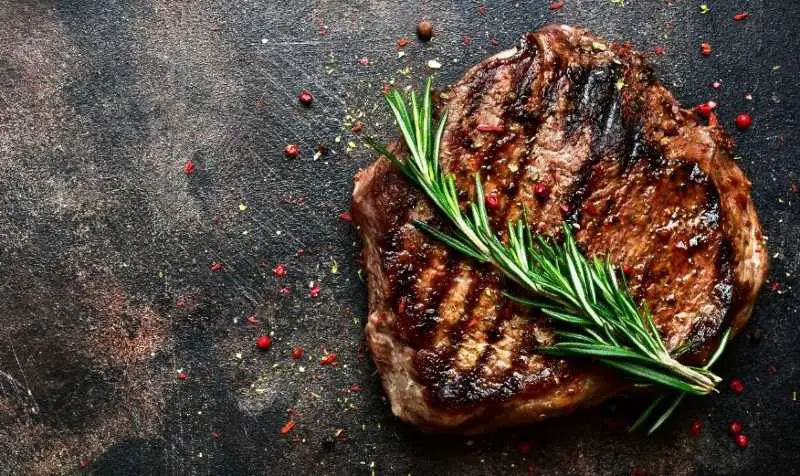
Ready to Cook!
With your seasoning in place, you’re ready to make an awesome lunch party for friends and family. Over here at The Home Dweller, we give our best to bring you detailed, fact-checked information, including (but not limited to): how to season a Blackstone griddle.
If you found this article useful, feel free to share it with someone in need of some griddle seasoning! You might just save them a lot of trouble.
